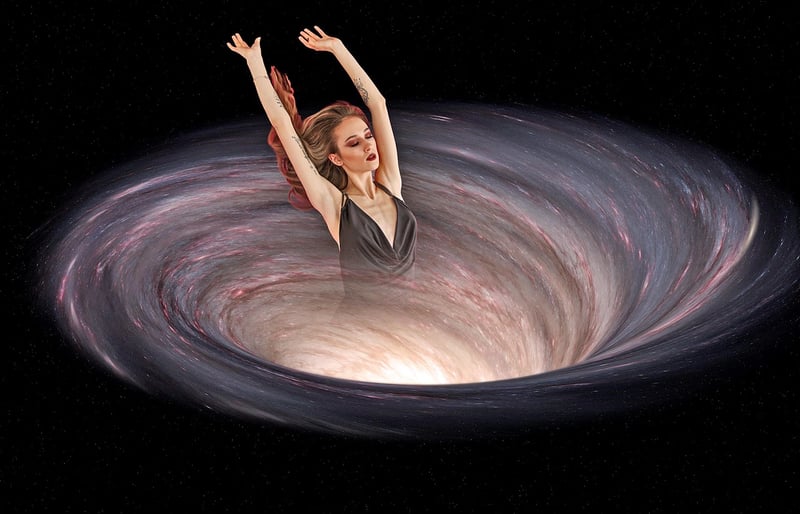Wormholes
The Science Behind Time Travel and Wormholes
Time travel and wormholes have long been popular concepts in science fiction, but what does science have to say about these intriguing ideas? Let's delve into the fascinating world of theoretical physics to explore the possibilities and limitations of time travel and the role of wormholes in making it a reality.
Understanding Time Travel
Time travel refers to the concept of moving between different points in time, either forwards or backwards. In physics, time is considered the fourth dimension, and just as we can move in three-dimensional space, some theories suggest that we could also travel along the time dimension.
Theories of Time Travel
Several theories have been proposed to explain the possibility of time travel, including:
- Special and General Relativity: Einstein's theories of relativity suggest that time dilation can occur at speeds approaching the speed of light or in the presence of strong gravitational fields.
- Wormholes: These hypothetical tunnels in spacetime could potentially connect two distant points, allowing for shortcuts through space and time.
- Grandfather Paradox: This thought experiment explores the idea of what would happen if you were to go back in time and prevent your grandparents from meeting, thereby preventing your own existence.
The Role of Wormholes
Wormholes, also known as Einstein-Rosen bridges, are theoretical passages through spacetime that could create shortcuts for long journeys across the universe. In theory, if traversable wormholes exist, they could serve as portals for time travel as well.
How Wormholes Work
Wormholes involve warping spacetime to connect two points that are far apart. By creating a shortcut through higher-dimensional space, these tunnels could allow for almost instantaneous travel between the two points, effectively bending the fabric of spacetime.

Challenges and Limitations
While the concept of wormholes is mathematically feasible based on current theories of general relativity, several challenges remain. These include the need for exotic matter with negative energy densities to stabilize the wormhole and prevent it from collapsing.
Additionally, traversing a wormhole could potentially lead to issues such as time paradoxes and causality violations, raising questions about the fundamental principles of physics and the conservation of causality.
Conclusion
Time travel and wormholes remain captivating topics that push the boundaries of our understanding of the universe. While the science behind these concepts is complex and theoretical, ongoing research and exploration may one day reveal the true possibilities of traversing through time and space via wormholes.
As we continue to unravel the mysteries of the cosmos, the allure of time travel and the enigmatic nature of wormholes will undoubtedly inspire further scientific inquiry and fuel the imagination of generations to come.
